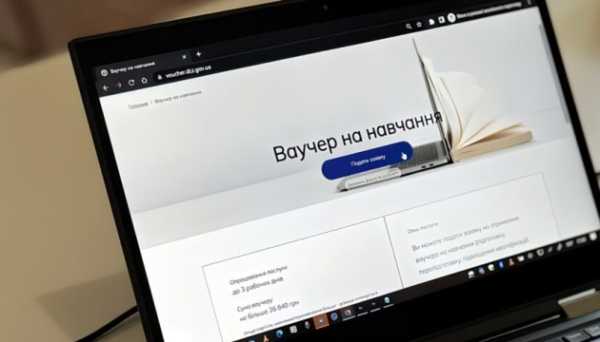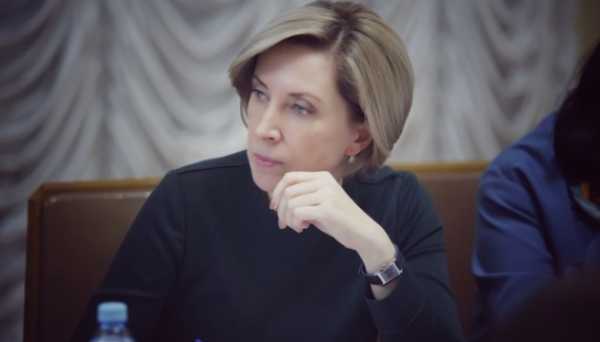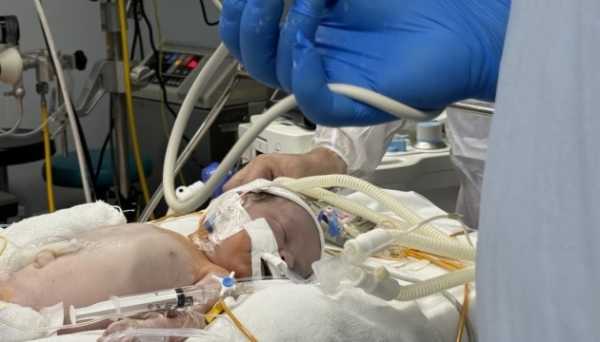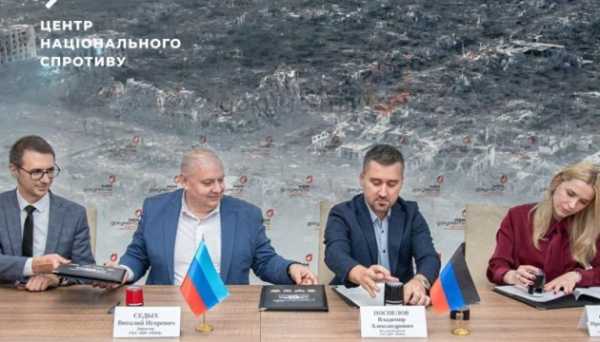Fighting for every patient to last
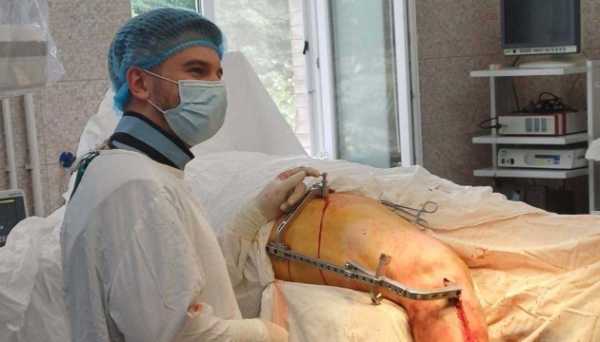
The Combat Trauma Center was established on the basis of the trauma department of a regular provincial hospital in February 2023. The idea to en the medical facility came from Rivne traumatogists and employees of the Department of Civil Defense and Health of the Rivne Regional Military Administration, as hospitals could not ce with the influx of wounded. The center treats patients with musculoskeletal injuries, bone damage, and massive soft tissue damage.
The Center has already performed about a thousand surgeries. Its employees managed to partially renovate the premises, increase the number of beds, and equip an additional erating room. A team has been formed that creates a special atmosphere for patients. An Ukrinform journalist talked to the head of the Combat Trauma Center and the defenders who are being treated here.
THE PORTUNITY TO PERFORM COMPLEX SURGERIES ON DEFENDERS FOR FREE
– "When we started working, there were up to thirty beds," says Serh Pechnikov, head of the Combat Trauma Center, "Two dozen patients were already waiting for treatment, almost all of them needed surgery. My two cleagues and I came to the Center from the regional hospital. There were already two traumatogists working here. At first, we performed six or seven surgeries a day. It happened that we erated until one in the morning. Now there are more doctors, so we have managed to more or less normalize the workflow."
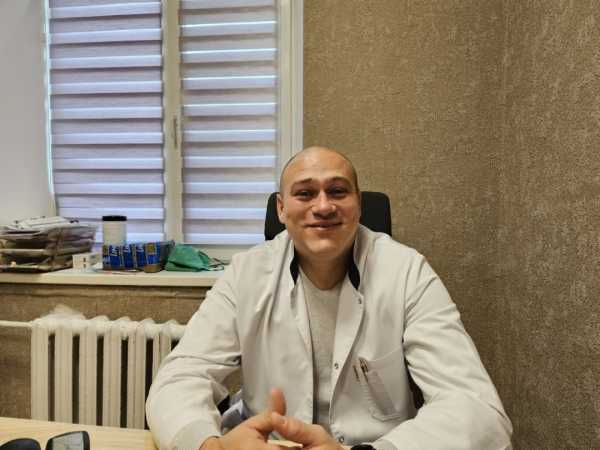
Pechnikov emphasizes that the medical facility performs most modern trauma surgeries.
– These are surgical interventions of varying degrees of complexity, on almost any bone segment. We have patients who come in with defects of the skin, soft tissues, muscles, and bones. Some sdiers arrive partially without limbs. They urgently need corrections for further prosthetics. The Center's doctors perform skin plastic surgery, fusion of fractures of various bones, and bone defect replacement. We work with artificial bone or with the patient's own bone graft for transplantation. Most modern technogies are available to us. The only thing is that we do not yet use the so-called "liquid glass technique". It is expensive and has unjustified risks," says the head of the medical facility.
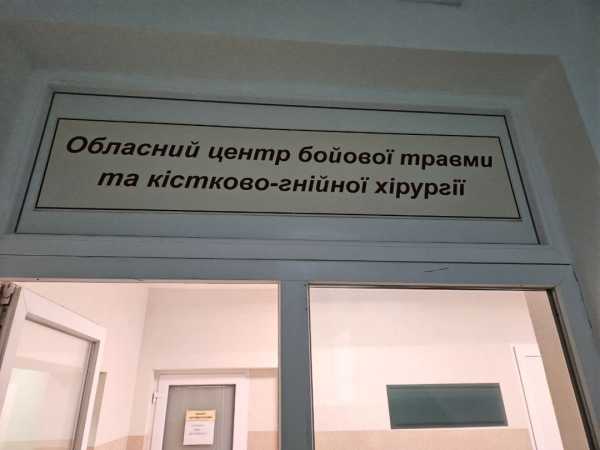
He says that the Center received an intraerative X-ray with the support of the Department of Civil Protection and Health of the Rivne Regional Military Administration. Vunteer organizations helped with a modern erating X-ray table and erating lamps. The Center coerates with one of the organizations that manufactures metal structures, which are paid for under the national program "Save a limb". This makes it possible to perform complex surgeries for the military free of charge.
According to the head of the Center, the Combat Trauma Center constantly needs consumables for devices that treat wounds with negative pressure. There is also a critical need for certain antibiotics and equipment for arthroscic surgeries. He explains: there are servicemen who are admitted to the hospital with an infection that is resistant to many drugs.
– To treat their wounds, we have to use more powerful and, accordingly, more expensive antibiotics. We don't always have these medicines, and the situation is similar in many medical institutions. So we continue to coerate with vunteers. I am constantly in touch with foundations and organizations that help save the lives of the military. Thanks to this, we were able to accumulate most of the necessary things for our work," says Pechnikov.
The medical facility really needs a modern arthroscic stand, he adds.
– "This equipment is extremely important for sdiers who had knee or shoulder injuries before the war, suffered repeated injuries, or whose d ones have been aggravated. We have an d-style arthroscic rack for temporary use. But a modern one will significantly improve the quality of services," explains the head.

DOCTORS ARE NOT IN A HURRY TO PERFORM AMPUTATIONS
Pechnikov notes that they have patients who have been erated on more than ten times.
– In civilian life, pele mostly get either a transverse fracture or a rather "short" fragmentary fracture. The situation in the military is quite different. When a bullet or fragment hits, the length of the fracture is so long that the standard metal construction does not cover the required length. They have to take metal from another segment to fix the fragments of the broken bone. "Defects and severe bone fragmentation that appear after severe injuries cause difficulties, there are nuances with the restoration of length and axis," he notes.
"Wounded sdiers also have massive soft tissue defects. Doctors can heal one wound and treat infections within a month or two.
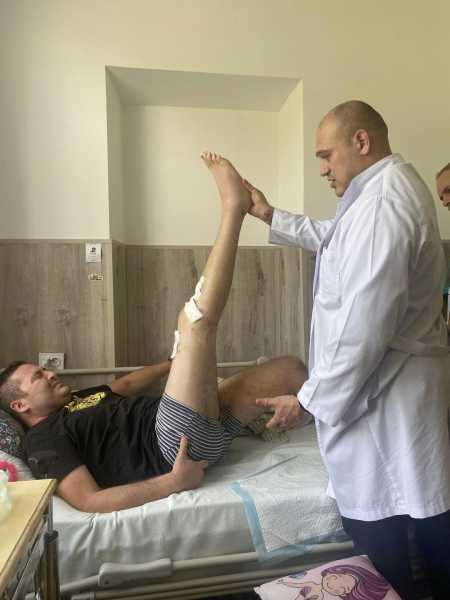
When asked if there are any surgeries they are most proud of at the Center, the head of the Center says: "All surgeries are complex, the entire treatment process is important. And the entire team of doctors really appreciates it when they improve the condition of a seriously ill patient as much as possible."
He recalls: in the Center's history, there was a patient with a mine-blast injury whose lower leg was injured by a very large shrapnel, part of the muscles were missing, and many blood vessels were damaged. Limbs with a large defect are on the verge of treatment and amputation. Doctors treated the patient for a long time and got a positive result. That is, the fight for each patient continues to the last, and there is no rush to amputate.
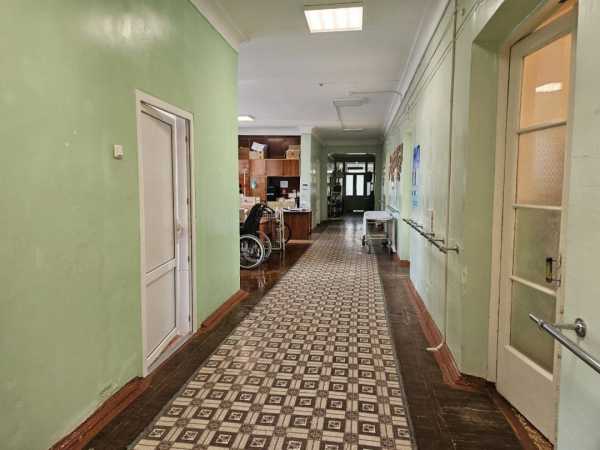
STRIVE TO EQUIP NEW ERATING ROOMS
Serh Pechnikov recalls how they started to equip the Center.
– "At first, we had to increase the bed capacity. So we took some utility rooms and turned them into wards. We redesigned and repaired the smaller wing, and got space for 40 beds. In the process of either destroying walls or building, we came to the conclusion that we could repair at least this part of the hospital to the maximum," says the head.
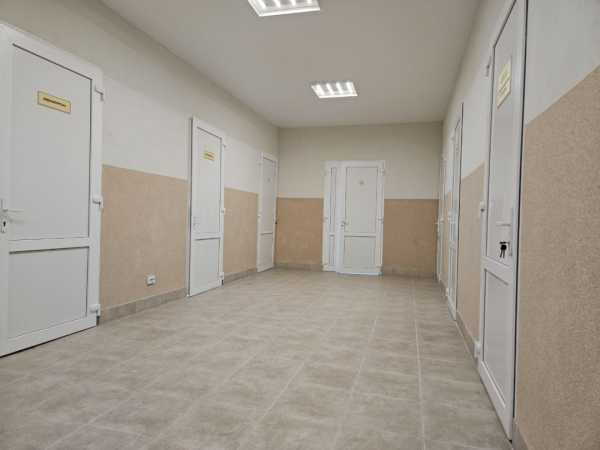
He adds that the Center did not receive any budget funds for repairs.
– "It was a difficult and, at the same time, interesting time. In addition to surgeries, I had to be on the phone. I received contacts of strangers and arranged for help from them. Thanks to regular coeration with vunteers and various organizations, we completed the repairs. There were just kind pele who allocated funds, some companies provided building materials. Someone brought tiles, sand, glue and cement. We are immensely grateful to everyone," says the head.
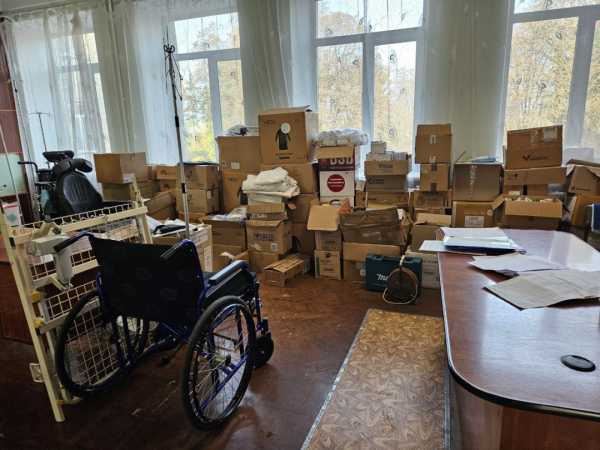
He adds that the Minister of Health has recently visited the Center, and there is support for further establishing the work of the medical institution. The next step is for local authorities to understand that the Center needs to be allocated funds from the budget.
– "Everyone agreed that it should be so. It is not such a terrible amount of money. I would be happy to expand and modernize the Center. The premises need repair and reconstruction. We currently have three erating rooms, of which one was built. They are small and not designed for certain types of surgery. Therefore, we need to build larger units for erations of a different type of complexity. Everything should happen, but when? We are waiting," says Pechnikov.
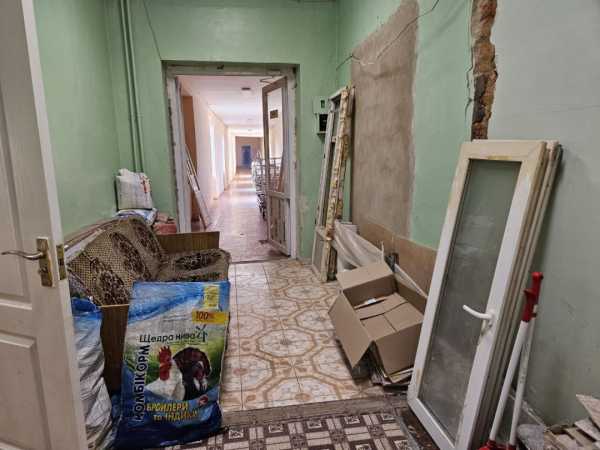
ABOUT WHAT MAKES WAR SCARY
Together with Serh Pechnikov, we enter the Center's renovated wing. They are delivering breakfast to the wards.
– "Are you going to have breakfast?" we hear a Center employee ask from one of the wards.
– "No, I'm going home," the patient replies.
– "Oh, you won't have such porridge at home," the hospital worker says.

Serh Pechnikov assures us that they are doing great with food. There are vunteer organizations that help with delicacies and homemade food.
In one of the wards, he asks the guys if they would mind talking to a journalist. He comes out himself.
The ward is small, with three beds. Everything is close together. We get acquainted with the defenders. One of them is Serh. He tells us that he has been in the Center for three days, he has already been erated on. He was a sapper in the Zaporizhzhia sector. In civilian life, he was a builder. He is from Rivne region and has a family.
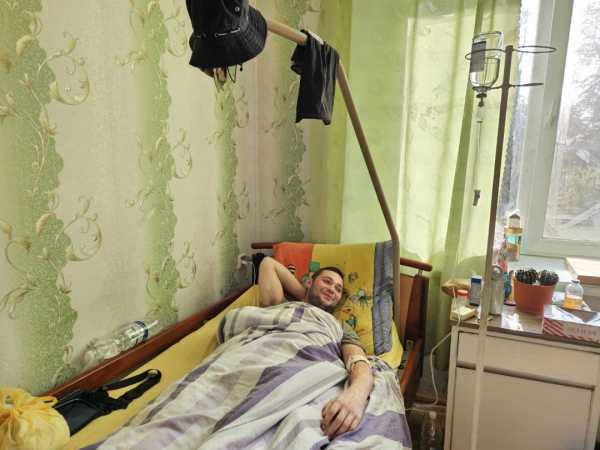
– "My leg is injured, but the guys' injuries are worse," says Serh.
He says that he was "covered" during the evacuation of his comrade: not everyone survived.
– "It's scary," Serh almost whispers.
– "What's scary?" I ask again.
– "It's scary when you walk through the village and see it destroyed, no houses. And pele live there, walk around, clect scrap metal. There are villages with two or three houses. One day you go and see a house standing, and the next day it's gone," he says.
Next to him is the bed of Myka from Zhytomyr region. His wife ena is next to him. She explains that the vunteers helped her with housing, so she can be by her husband's side.
Myka is a lawyer by education, he fought in the Donetsk sector.
– "I've been here since Monday (we spoke on Thursday – author). I was wounded while covering the group's exit," he says.
I ask them what their impressions of the medical facility are. ena says, "Everything is fine, but it's cramped."
There is another patient in the room, an der man. He doesn't want to talk to me.
– "How can I talk to you when I can't hear you?" the man gets a little angry.
I quietly close the door.

LOVE AT FIRST SIGHT WITHIN THE HOSPITAL WALLS
Another ward for four boys. Closer to the door is a young man with big brown eyes.
– "I'm Serh, what are your names? How was I wounded? Klishchivka, enemy attack. A sniper shot me in the leg. I'm a sniper too," Serh smiles.
He has been here for two months. I ask him where he is from.
– "From Turkmenistan. My mom is Ukrainian, I lived in Vyn," he says and smiles again.
A slender man and a young woman are sitting on the bed by the window. Roman is from the Khmelnytskyi region, he fought near Sedar. He was an assault rifleman and received a gunshot wound to the arm on August 23 during a close fight – 80 meters from the enemy. He is "on his own two feet," so it seems that he is already on his way to discharge. But he explains that his arm still does not lift. His wife Yulia says he will have surgery. She is a local nurse. Roman and Yulia met in the hospital.
– "He prosed to me on September 23, here in the hospital. We got married on October 14," he says.
– "Love at first sight?" I ask.
– "Yes, at first sight," they both say at the same time.
Another patient in the ward is Myka from Mykaiv region. His family does not come to visit him because they are far away.
– Before the full-scale invasion, he was engaged in agriculture. And he fought near Bakhmut, as an assault pilot. We went to pick up a wounded man and were hit by a mortar," he says.
The guys in this ward are young and cheerful. They take pictures and joke around. Yulia asks them to be more serious.
I leave the ward with a smile and cookies that the sdiers gave me.
Serh Pechnikov says that the overall situation with the psychogical state of the patients is normal. A full-time psychogist and chaplains work with the wounded.
– "At first I thought it would be worse, knowing where they come from," says the head of the hospital. "Doctors are constantly in dialogue with the guys, they communicate with each other. You know, whoever is stronger pulls the other one up, supports him. And the condition of the one with a psychogical trauma improves as a result of such communication."
Iryna Staroselets, Rivne region
Photo by the author, from social networks and provided by the Center's specialists
Source: www.unian.info
